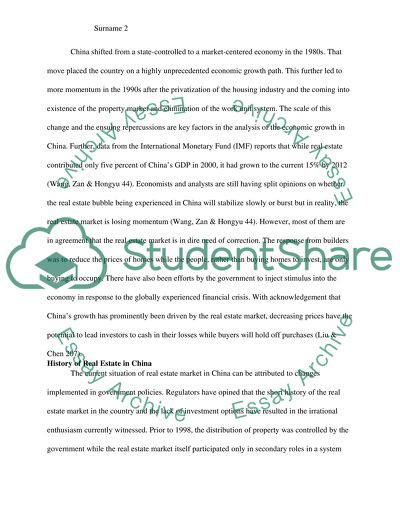Cite this document
(“The Economy of Real Estate in China Essay Example | Topics and Well Written Essays - 3500 words”, n.d.)
The Economy of Real Estate in China Essay Example | Topics and Well Written Essays - 3500 words. Retrieved from https://studentshare.org/marketing/1683827-the-economy-of-real-estate-in-china
The Economy of Real Estate in China Essay Example | Topics and Well Written Essays - 3500 words. Retrieved from https://studentshare.org/marketing/1683827-the-economy-of-real-estate-in-china
(The Economy of Real Estate in China Essay Example | Topics and Well Written Essays - 3500 Words)
The Economy of Real Estate in China Essay Example | Topics and Well Written Essays - 3500 Words. https://studentshare.org/marketing/1683827-the-economy-of-real-estate-in-china.
The Economy of Real Estate in China Essay Example | Topics and Well Written Essays - 3500 Words. https://studentshare.org/marketing/1683827-the-economy-of-real-estate-in-china.
“The Economy of Real Estate in China Essay Example | Topics and Well Written Essays - 3500 Words”, n.d. https://studentshare.org/marketing/1683827-the-economy-of-real-estate-in-china.


